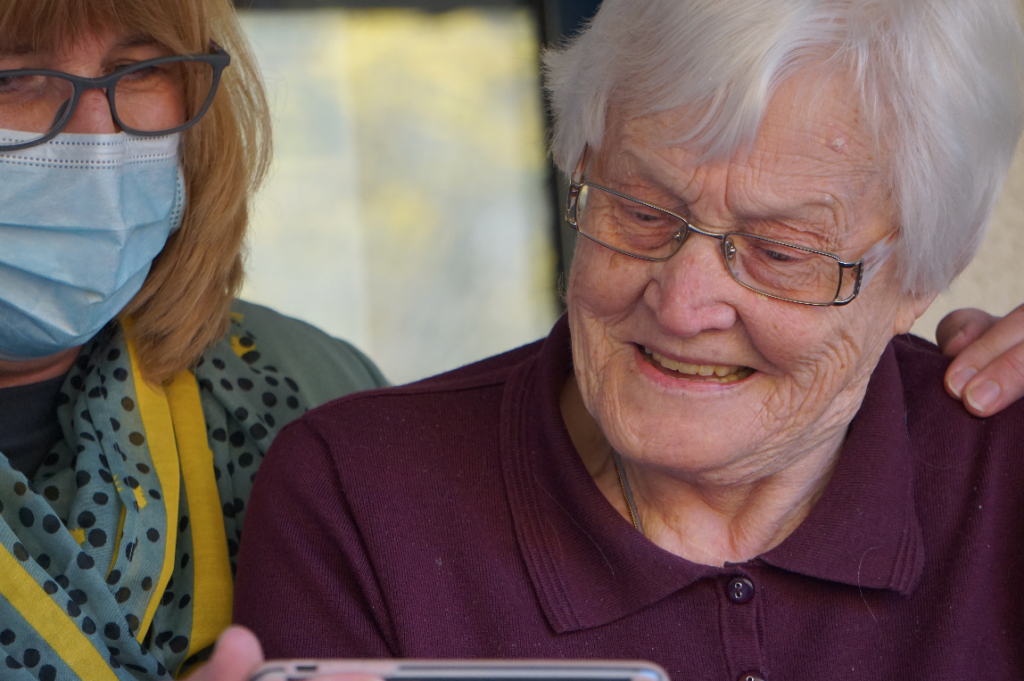As Ontario approaches the end of respiratory illness season, the province is updating its COVID-19 measures in long-term care homes in consultation with the Chief Medical Officer of Health. While homes will continue to be required to monitor residents daily to detect the presence of infection and indoor masking requirements remain in place at this time, other guidance and requirements that are no longer necessary are being adjusted to reflect the high vaccine uptake among residents and the availability of safe and effective antivirals that are reducing the risk of severe outcomes to residents. These changes will bring Ontario into alignment with other provinces across the country that have already made similar adjustments.
“Over the past three years, the COVID-19 pandemic has required sacrifices from individuals, families, businesses, the health care system and especially the long-term care sector. Thanks to their continued efforts, Ontario has reached a point where it can begin a safe, cautious and balanced reduction of public health measures in long-term care homes across the province,” said Dr. Kieran Moore, Chief Medical Officer of Health. “The health and safety of residents remains paramount, and we will continue to work with the sector to ensure residents and their families receive the level of care they need and deserve, in a safe and comfortable environment.”
Working with the Office of the Chief Medical Officer of Health, Ontario is taking a phased approach to updating COVID-19 measures for people living in, working in or visiting long-term care homes. The first phase involves realigning measures effective March 31, 2023, including:
- Testing of staff, caregivers and visitors who don’t show symptoms (asymptomatic) is no longer required.
- Masking outdoors is no longer recommended for residents, caregivers and visitors, although wearing a mask outdoors continues to be recommended for staff when they are close to a resident.
- Daily temperature checks or screening of residents returning from an absence is no longer required.
- Removing the limit of one caregiver at a time during a COVID-19 outbreak, or when a resident is symptomatic or isolating.
- Social and physical activities can be held without adjusting for physical distancing.
Long-term care homes that have retained COVID-19 proof-of-vaccination requirements are also encouraged to revisit their policies and consider allowing visitors and qualified staff, regardless of their vaccination status.
They will also help ensure people living in long-term care get the quality of care and quality of life they need, and that valuable staff time and resources are focused on resident care and effective infection prevention and control practices. The government will continue to work closely with the Chief Medical Officer of Health to monitor the pandemic to keep homes safe for residents and staff.
Quick Facts
- By updating the province’s COVID-19 measures, Ontario will now be aligned with other provinces across the country, including Quebec, New Brunswick, Alberta, and Saskatchewan.
- The Ontario government is providing up to $1.25 billion to long-term care homes this year to hire and retain thousands of additional long-term care staff, part of the government’s historic four-year, $4.9 billion commitment to ensure residents receive, on average, four hours of direct care per day by March 31, 2025.
- Through a $6.4 billion investment, Ontario now has 31,705 new and 28,648 upgraded beds in development across the province. This will help increase overall bed capacity, address long-term care waitlists and hallway health care, and provide our seniors the care they deserve.
- Ontario is a leading province in terms of inspector per long-term care home ratio in Canada, with one inspector for every two homes in the province.
